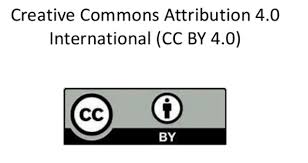Low-cost spirulina manufacturing technique by using supernatant of digested rotten ladies finger (Abelmoschus esculentus)
DOI:
https://doi.org/10.47440/JAFE.2024.5106Keywords:
Spirulina, Rotten ladies finger, Kosaric medium, Low cost, Chlorophyll aAbstract
The goal of the study was to assess the culture method and spirulina (Spirulina platensis) production in the supernatant of three distinct digested rotting ladies fingers, using Kosaric medium (KM) as the control. Two hundred gram rotten ladies finger was allowed to digestion in 4.0 L distilled water using aeration in 5.0 L glass jar. After 30 days, almost colorless supernatant was found, screened through 300 µm net and added with 9 g/l NaHCO3, 0.20 g/l urea and 0.50 ml/L micro nutrients. Three different concentrations such as 25, 50 and 75% of supernatant with three replications were prepared. Next, three digested rotten
ladies finger medium (DRLFM) treatments were infected with 10% spirulina (at OD620 = 0.20) to develop. It was recorded that spirulina grew well at 12th day and then it was found to fall and continued up to 18th days. The cell weight of spirulina attained a maximum of 16.45 ± 0.78 mg/L (dry weight basis) in KM followed by 13.785 ± 0.643, 10.354± 0.233 and 2.738 ± 0.177 mg/L in
supernatant of 50, 75 and 25% DRLFM, respectively on the 12th day of culture. Similar trend was also observed in optical density of media, content of chlorophyll a (mg/L), total biomass (mg/L), particular growth rate of spirulina (based on cell weight and chlorophyll a). It could be concluded that mass culture of S. platensis may be done in supernatant of 50% digested rotten ladies finger media.






 Publisher:
Publisher: 